
If there’s a beverage worth traveling for, it’s wine. That’s why finding the next great wine region has become something of an unending treasure hunt for an increasing number of intrepid oenophiles. The Napas, Marlboroughs and Barossa Valleys of a few decades ago gave way to the Mendozas, Maipos and Cape Winelands of the early aughts. Now the happy hunt is on for the next great up-and-comers.
For anyone dreaming of a wine-fueled vacation in 2016 that takes you off the beaten track, the 10 regions below will surely fit the bill. Some (like Kakheti) have been around for thousands of years, while others (like Ningxia) are only just beginning to blossom and make a name for themselves internationally. All lie in areas of astounding beauty, allowing you to pair intriguing wines with a heavy dose of wonder.
Kakheti, Georgia
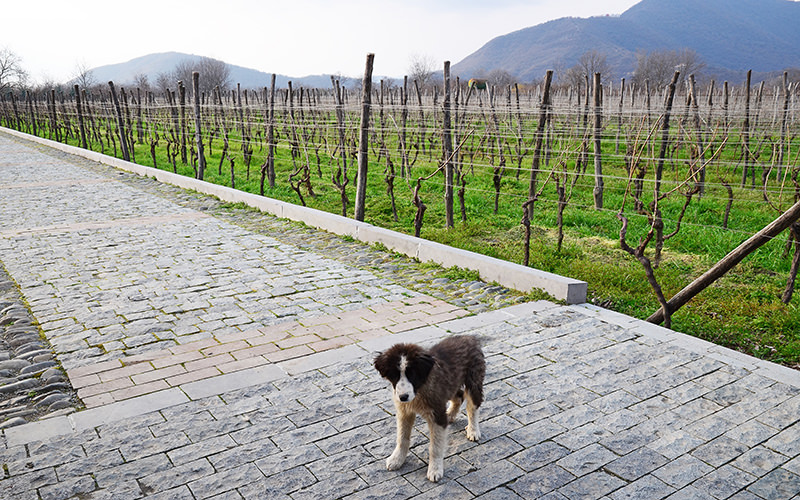
It’s home to 500 varietals of grapes, has a history of cultivating them that spans more than 8,000 years and, oh, by the way, is the birthplace of wine production in the world. So why isn’t everyone racing to visit the Republic of Georgia? Good question! But that’s almost certainly going to change in the coming years as quality increases and the nation’s tourism board recognizes the potential of regions like Kakheti. Just an hour west of the capital Tbilisi, Kakheti produces more than 60 percent of the nation’s wine. The varietals may not be familiar (ever heard of Saperavi, Mtsvane, Chinuri or Rkatsiteli?), nor is the style of winemaking conventional by modern standards (much of the fermentation takes place in clay jars, called qvevri), but you won’t hear anyone complaining about the taste. Views of the surrounding Caucasus Mountains are an added bonus.
Ningxia, China
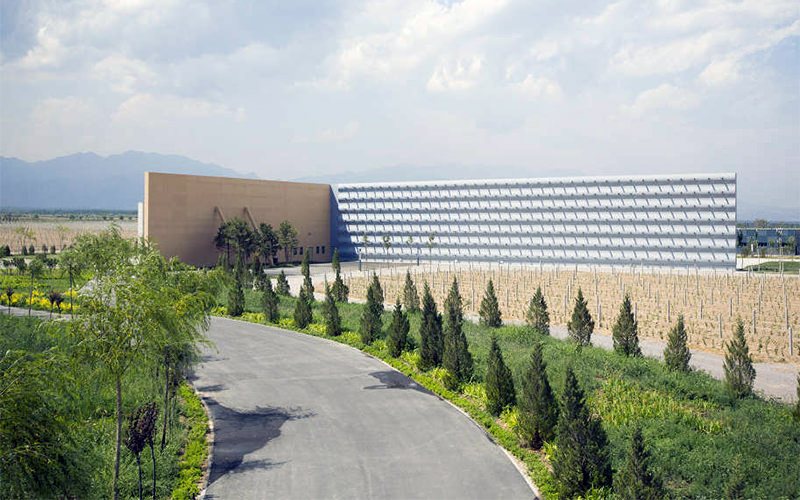
“Made in China” is such a common label these days that we’re used to seeing it on everything we purchase – everything, that is, except fine wines. But get ready, because China is now the world’s fifth-largest wine producer, and some of the best bottles are coming out of Ningxia. This region 500 miles west of Beijing near the Gobi Desert has been transformed almost overnight into “China’s Napa” and is now home to more than 50 wineries and growing. Currently boasting more than 80,000 acres of vineyards, it plans to double that figure by 2020 – making it three times as large as Napa Valley. Bordeaux varietals like Cabernet Sauvignon, Cabernet Franc and Merlot are the go-to grapes for now, but others (like Marselan) are elbowing for space within the crowded vines. Visitors to this remote region can experience an emerging wine industry while taking in the nomadic and agrarian cultures of northwest China.
Niagara Peninsula, Canada
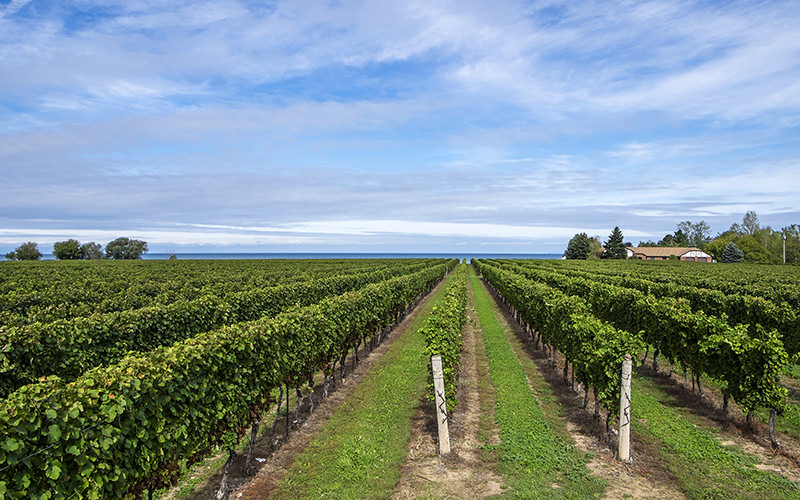
Like your waterfalls with a glass of wine? Then Canada’s Niagara Peninsula is the place for you. It may sound like a crazy spot for wine production, but the southernmost extremes of Ontario are actually further south than Bordeaux, France. And the region’s mineral-rich soils and moderate temperatures are proving ideal not just for Canada’s famous ice wine, but also Chardonnay, Cabernet Franc and Pinot Noir. The number of wineries in Ontario has more than doubled in the past decade, and they’re so popular with tourists passing through Niagara Falls that they draw an estimated 1.8 million visitors annually.
Northern Virginia, USA

Some 400 years in the making, Virginia has finally lived up to its potential as an alluring region for wine production. The English settlers tried their hands at viticulture in Jamestown Colony and failed miserably. Thomas Jefferson had similar luck at Monticello. So what’s changed? Modern technology – along with a better understanding of the terroir and the grapes best suited to it. While the contemporary industry got its start in the center of the state near Charlottesville, the scene in Northern Virginia (about an hour west of the nation’s capital) is absolutely exploding at the moment with new wineries opening character-heavy tasting rooms at a dizzying rate. Situated in the foothills of the Appalachian Mountains, and dotted with some of the United States’ oldest towns, the scenery is as appealing as the increasingly acclaimed bottles. White wine lovers should swirl a glass of the state’s textured and aromatic Viogniers, while red wine aficionados with a sense of adventure will either love or loathe Norton, a Virginia native with a fascinating history.
Tasmania, Australia

Tasmania is better known on this side of the Pacific Ocean for its Looney Tunes-inspired “devil” than its fine wines. Even in Australia, “Tassie” is most famous for its craft beers, ciders and whisky distilleries. But that, like many things on this heart-shaped isle, is starting to change. Tasmania turned 25 percent of its grapes into sparkling wines last year to keep up with its growing reputation as the home of Australia’s top sparkelers. White wines, too, like Chardonnay and Riesling, are gaining recognition the world over. With most wineries found near the capital of Hobart or Tasmania’s second city of Launceston, they’re easily accessible and in close proximity to some of the island’s top attractions.
Tarija, Bolivia
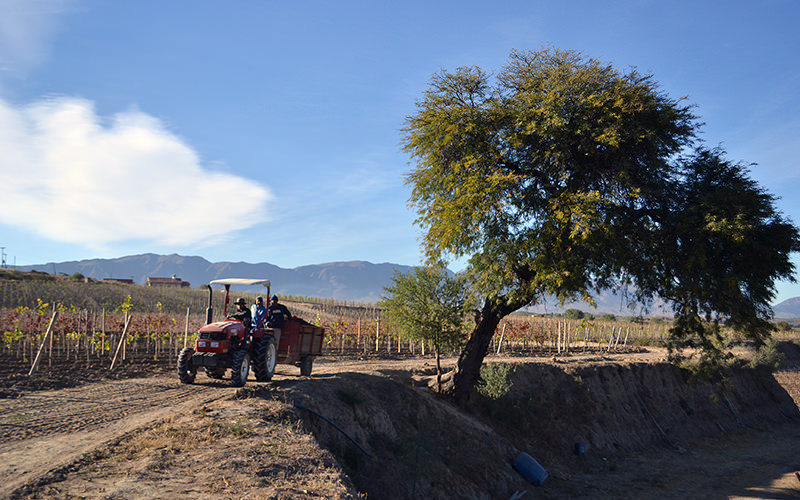
Big-time boasters should make a beeline for Bolivia if they want to brag that they’ve sipped wine at the highest-altitude vineyards in the world. At more than 6,000 feet above sea level, the Tarija wine region is, without a doubt, unlike any other on the planet. Skeptics of Bolivian wine take note: Bolivia’s vines lie just across the border from their Argentine counterparts, and production dates back to the 16th century with the arrival of Spanish missionaries. Though the quality hasn’t historically been anything to write home about, that’s starting to change as global restaurateurs like Claus Meyer (co-founder of Noma, voted best restaurant in the world four out of the past six years) take notice. Meyer only serves Bolivian vino at his new outpost Gustu in La Paz, and his team has helped bring the best bottles to European trade shows where they’ve put Tarija on the global wine map. This is one region you’ll definitely want to visit sooner rather than later because big changes are wafting in the thin Andean air.
Baja California, Mexico
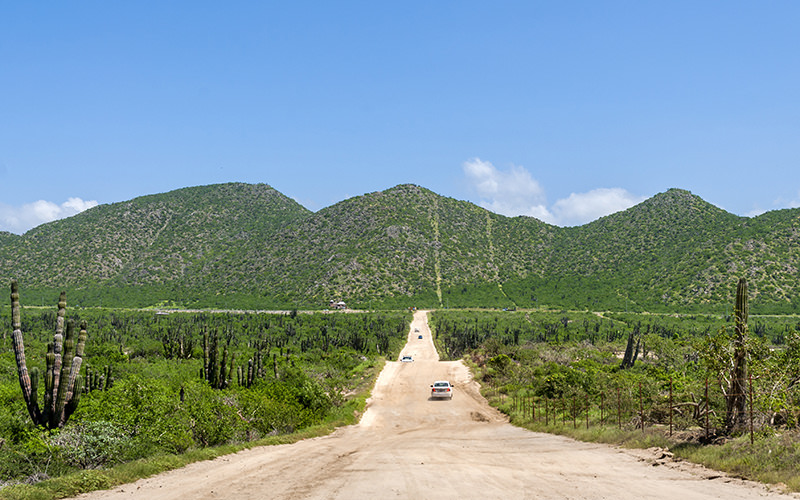
There’s another California stomping its feet into the grape business: Baja California. The Mexican state’s ever-greener Valle de Guadalupe, just two hours south of San Diego, is now home to more than 50 wineries as creative juices from the north flow south across the border. Better still, this increasingly trendy destination boasts a slew of ambitious restaurants and stylish hotels luring tourists from both sides of the dusty frontier. The focus in this dry and sun-baked valley is on reds, namely Cabernet Sauvignon, Tempranillo and Nebbiolo. Try them at wineries that run the gamut from ramshackle garages to slick commercial operations. Expect the unexpected.
Dalmatian Islands, Croatia

Croatia has emerged in recent years as one of the most popular destinations for American travelers to Europe, and the increasing number of visitors has led to greater interest in Croatian wine. Like Georgia, Croatia has a long history of wine production dating back hundreds of years before the Roman Empire – though many of its signature grapes are rarely seen beyond its borders. If you’re looking for a place to sample some of them – such as Pošip, Debit or Plavac Mali – you could hardly ask for better scenery than the Dalmatian Islands. Hoping from island to island, vineyard to vineyard, you may just discover the true origins of California’s beloved Zinfandel.
Serra Gaúcha, Brazil

Mention Brazil and chances are wine isn’t the first beverage that comes to mind. This, after all, is the land of cachaça and tangy-sweet caipirinhas at beachside barracas. But heavy taxes on imports from nearby Chile and Argentina have had the duel effect of kickstarting the Brazilian wine industry. Its heartland is Serra Gaúcha. This mountainous southern region accounts for about 90 percent of Brazil’s fine wine production and owes its current recognition to a mass influx of Italian immigrants in the late 1800s who transformed this temperate pocket into the most important wine region in the country. Its newly minted denomination of origin, Vale dos Vinhedos, has become synonymous with quality wines – particularly bubbles, which Brazil does best. Sparkling Muscat is the safest bet, but the region’s rising star is undoubtedly Merlot, the only red grape that can be labeled as a single varietal. It pairs well with the ever-present Italian cuisine.
Texas Hill Country, USA

Yes, we’re talking about that Texas. The hot, dry Lone Star State that’s better known for its cowboys and cattle ranches. Of course, some say those elements add to its charm. Texas Hill Country, between San Antonio and Austin, is the nation’s second largest American Viticultural Area. And though it’s a place with strong German roots, soaring summer temperatures make the climate more apt for French and Spanish reds. Tempranillo, the world’s fastest growing grape varietal, has a fondness for the region, while Tannat, Syrah and Petite Sirah are other big, hearty reds to try. From 46 wineries in 2001 to more than in 350 in 2015, Texas has, naturally, taken a go-big-or-go-home approach to viticulture. Come for truly Texan events like the annual “Wine & Swine.”
